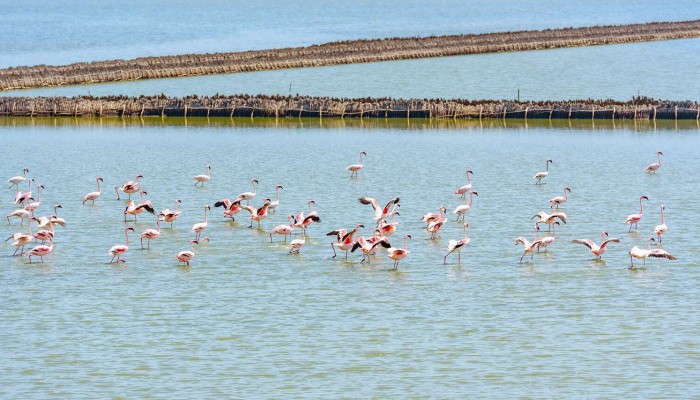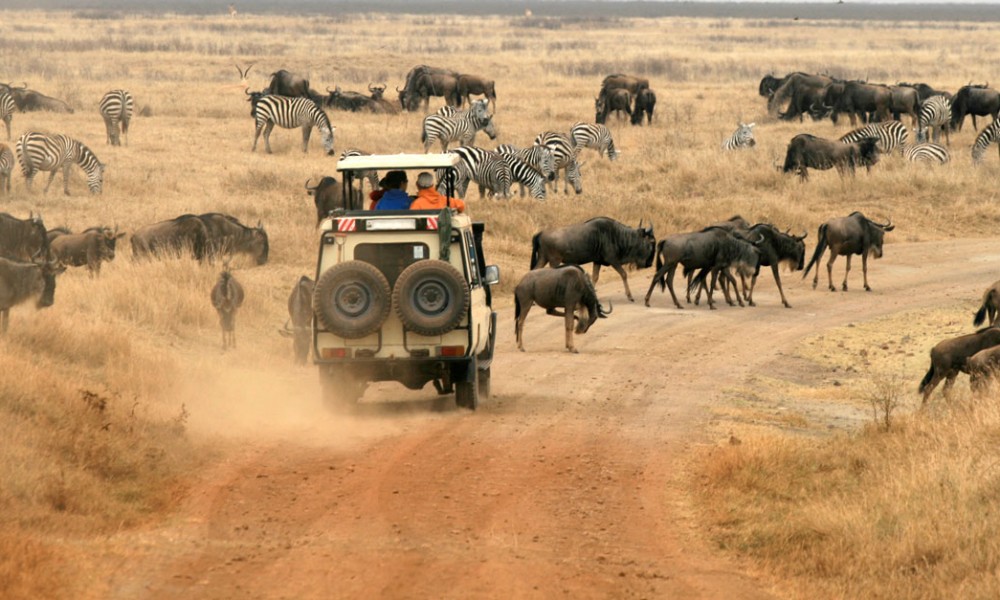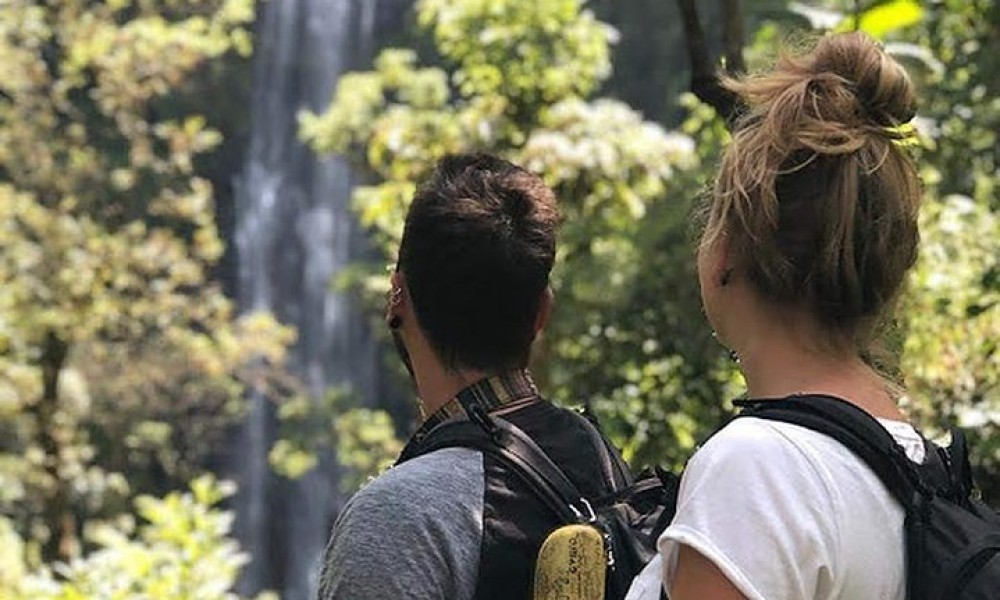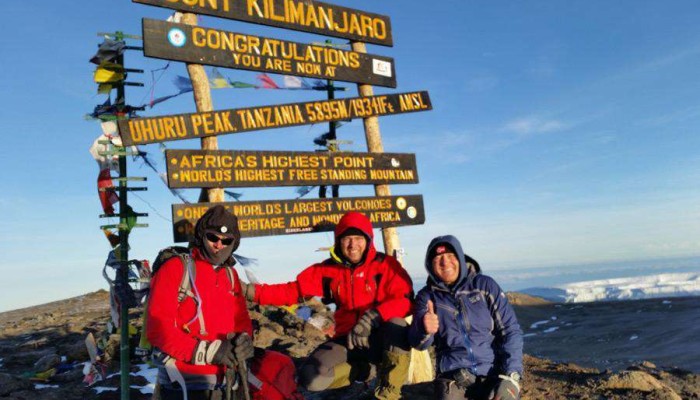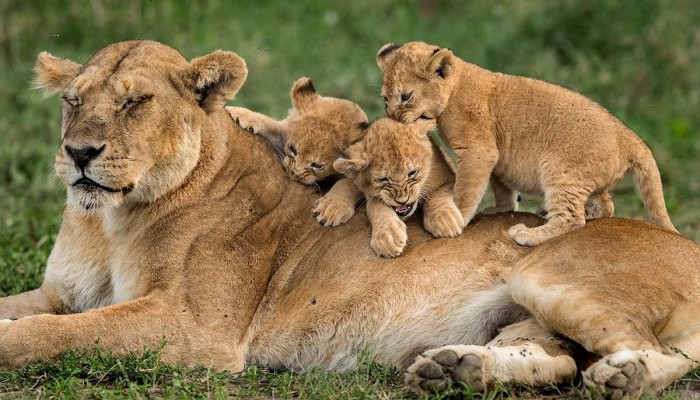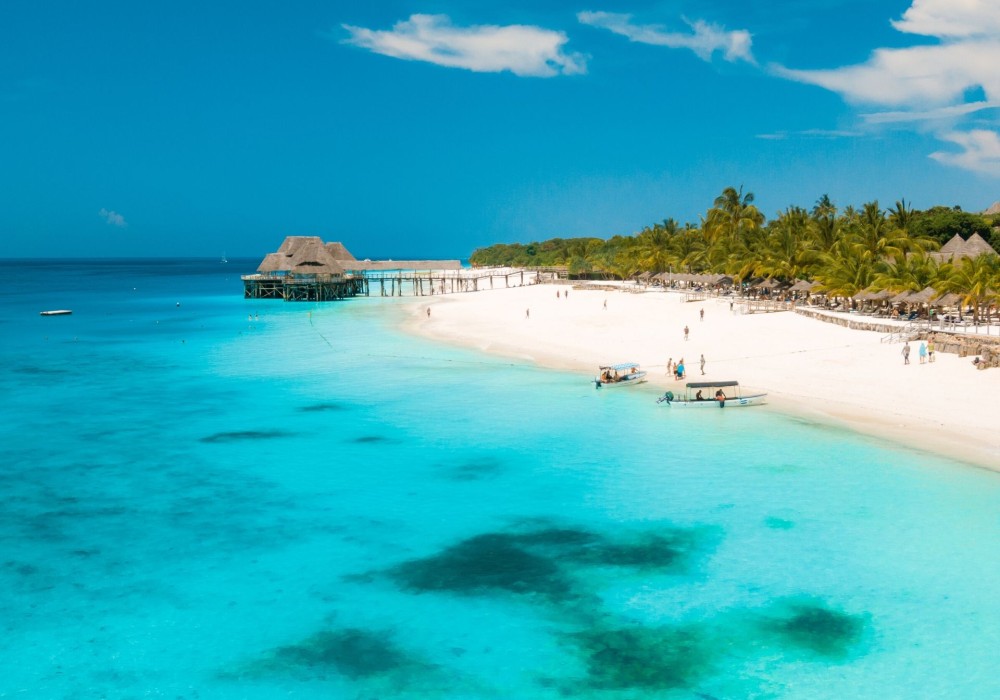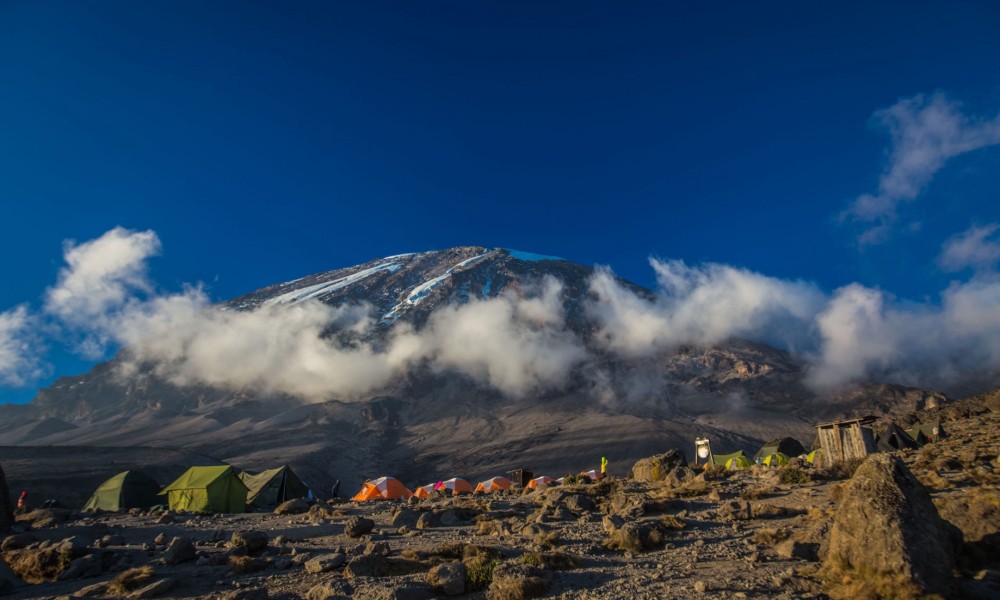THE CLIMATE OF TANZANIA
Tanzania is situated very close to the equator, so its climate is fairly stable, with a comfortable and well-balanced temperature. Temperatures never reach extremes of heat or cold. The average annual temperature varies from +25°C in the south of the country to +27°C in the north.
It is worth mentioning that in Kilimanjaro and places like the Ngorongoro Crater, the temperature sometimes drops below freezing, especially at night. Warm clothing is necessary for a safari in the Ngorongoro Crater or when trekking. Many people try to avoid the rainy seasons in Tanzania, which occur between March and May (long rains) and between late October and the first half of December (short rains). Interestingly, the weather in Tanzania in December is hot and humid at the same time, offering a very warm tropical safari experience. The rainy season is characterised by heavy rainfall, although there are typically sunny periods every day. The table below provides a rough annual estimate:
Mean annual rainfall (mm) in Tanzania:
| Month | Precipitation (mm) |
|---|---|
| January | 49 |
| February | 30 |
| March | 85 |
| April | 153 |
| May | 126 |
| June | 32 |
| July | 13 |
| August | 18 |
| September | 21 |
| October | 48 |
| November | 132 |
| December | 75 |
Although many travellers try to avoid the rainy season in Tanzania when planning their safaris, it is interesting to note that all the major television companies, such as Discovery and National Geographic, choose this season to film their stories. This is because during the rainy season, the local nature is at its most colourful, the grass is lush green and, most importantly, there are few tour groups, allowing for high quality photos. What are the advantages of a safari during the rainy season in Tanzania?
The dry season in Tanzania guarantees sunshine, but also dust. Travellers visiting Tanzania during the dry months should expect heat and dust, especially when travelling on unpaved roads. Most of the dust is generated by passing jeeps during safaris. The rainy season, on the other hand, is virtually dust-free.
Another advantage of travelling during the rainy season is the lower cost of accommodation and safaris. Accommodation is one of the main factors contributing to the high price of safari tours in Tanzania, but during the low season, when it rains, prices drop, allowing you to save a considerable amount of money while enjoying the comfort of good hotels.
We can only think of one disadvantage of the low season: due to poor road conditions, the more remote parts of the Serengeti National Park are inaccessible. However, these areas are also rarely visited during the high season due to their remoteness. In the rainy season, many hotels in Tanzania close for annual maintenance, especially in Zanzibar; however, we work with selected hotels that operate year-round.

